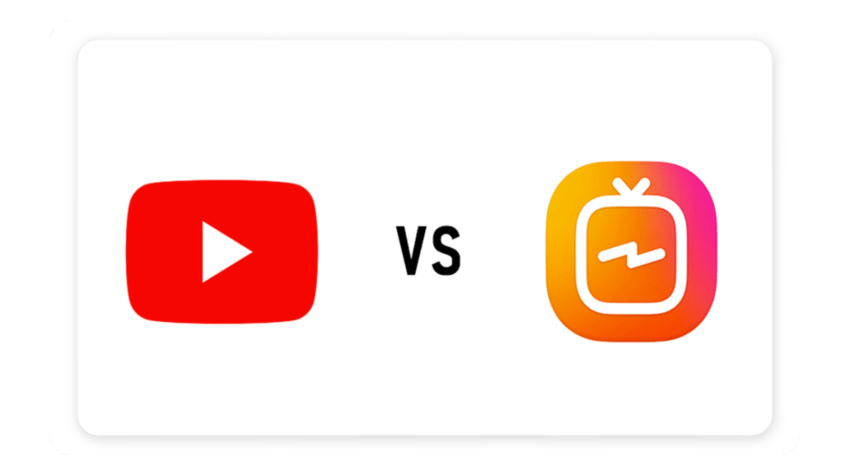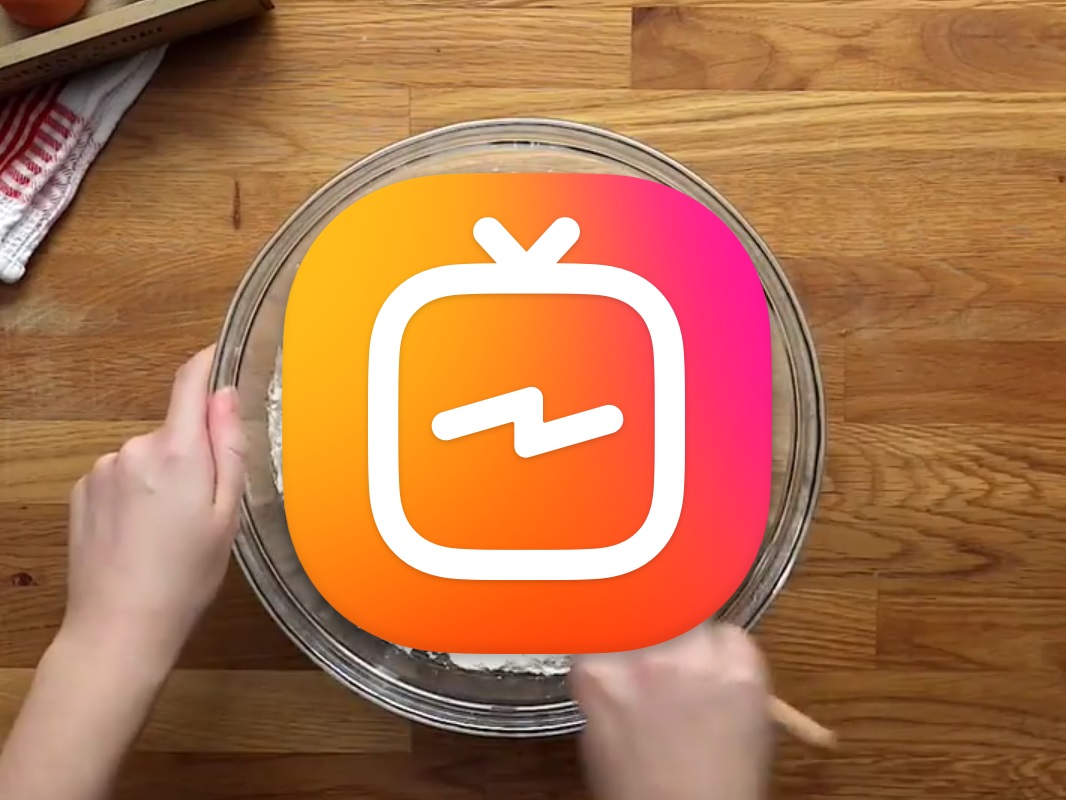

In the land of YouTube, horizontal video is king. Short answer: stick with vertical or square.

But remember this: it’s been shown that most people hold their phones vertically when they’re watching a video, so it’s always a good idea to have your video optimized with that in mind. They’ll allow landscape, vertical, and square videos. For stories, it’s the same as Instagram: resize your video to vertical (9:16). If you’re putting the video on your Facebook feed, resize your video to 4:5 (portrait). But, just like Instagram, there are sizes that work best depending on where you’re placing the video. They’ll let you upload your video in any of the four video sizes we’ve discussed.

Facebookįacebook is easy to get along with. This will ensure that your video’s quality is top-notch for both mobile and desktop users. Your best bet for Instagram feed videos is resizing to 1:1 (square). But it’s important to bear in mind that Instagram will not rotate on smartphones, so any landscape video you put on Instagram will appear fairly small. If you’re putting the video on your Instagram feed, then you technically have three options: landscape, square, or vertical. As we talked about earlier, this size fits perfectly with standard smartphone screens, so your video will fill the screen (which is exactly what you want in IGTV and Stories). If you’ll be putting your video on IGTV or using it in an Instagram Story, then the best option is the vertical size (9:16). When you’re trying to resize your video for Instagram, you have to decide first where you’ll be uploading it. Here are the top four you need to know: 1. Now, the next thing you need to know is which of these video sizes works best on which social media platforms. Its aspect ratio of 4:5 is usually cropped from a video originally shot in 9:16 vertical.Ĭommon uses: Instagram Feed Resizing Your Videos for the Top Social Platforms Portrait is currently the least common video size used on social media, yet it is worth mentioning since certain popular Instagram creators are using it to get more visibility on the Instagram Feed. It is the exact opposite of landscape (and the standard size of most smartphone screens, meaning your video will fill the entire screen of your viewer), and the aspect ratio will be 9:16.Ĭommon uses: Instagram Stories, IGTV, & Snapchat. Vertical/Portrait (9:16)Ī vertical video is, once again, aptly named. Each of its four sides is exactly the same length, making the aspect ratio for square video 1:1.Ĭommon uses: Instagram Feed, Facebook, & LinkedIn 3. SquareĪ square video looks exactly as the name would imply. Landscape has traditionally been the standard video format, but this has is changed in recent years due to the ever-changing world of social media. The aspect ratio for landscape is 16:9.Ĭommon uses: Twitter, Facebook, & Youtube Simply put, if you’re watching a video that stretches horizontally across your screen, then you’re probably watching a video that’s been resized to landscape. Here are the four standard sizes you need to know: 1. If you’ve never resized a video before, then you’re probably not familiar with the various options. Let’s get started! What to Know Before You Resize Your Video
#Igtv square video how to
Plus, we’ll show you how to easily and quickly resize your video so it’s optimized for each of your social accounts. That’s why we’re going to give you a breakdown of the different video aspect ratios and which sizes work best on which platform. There’s no one simple answer to that question because every social media platform has different requirements when it comes to video sizes. But once you’ve created and edited some quality videos to share on social media, you’re going to come face to face with a new question: what size should your video be? You probably know by now that video content is essential to your digital marketing strategy.


 0 kommentar(er)
0 kommentar(er)
